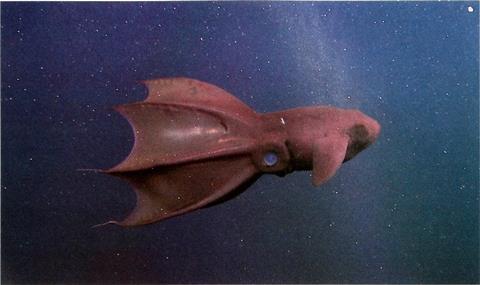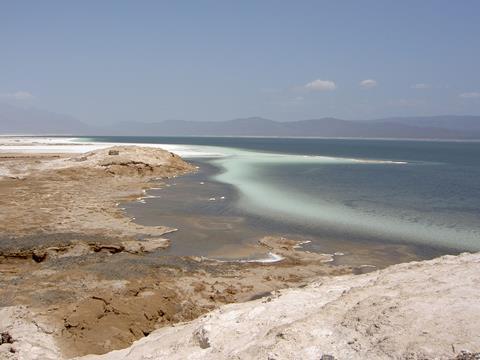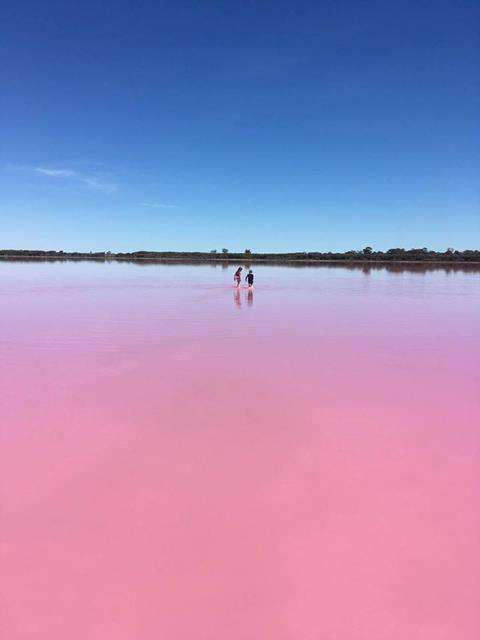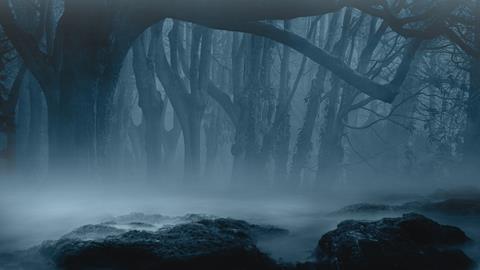In June 2019, microbiologists from around the world travelled to Transylvania, home of the story of Dracula, not on the hunt for vampires, but for the Halophiles 2019 meeting, focused on salt-tolerant microbes.
Nevertheless, the allure of the stories of vampirism drew two of the speakers at this meeting – Michail M. Yakimov and John E. Hallsworth – who then went on to join a collaboration with Vladimir M. Gorlenko and others to research a real-life vampire of the bacterial kind.
The lifestyle of these bacteria is simple: they find a larger host cell to prey on, attach to it, permeabilise its membrane and then absorb the cell contents until it is completely empty. Vampirism occurs in various biological taxa, most famously leeches, mosquitoes and vampire bats, but also in some birds, sea snails and amoebae. Putative vampire protists have even been identified in the fossil record. Furthermore, such is the anthropogenic allure of ‘Draculaism’ that some organisms that do not obtain their nutrition via vampirism are nevertheless given the name based on their appearance alone, including the Malaysian vampire snail Platymma tweediei and the vampire squid.

A study by Yakimov et al., published in 2021, focused on the microbial community of an extreme environment – Lake Hotontyn Nur, a hypersaline alkaline (soda) lake in Mongolia. The authors isolated the photosynthetic bacterium Halorhodospira halophila, a microbe known to be anoxygenic (photosynthesis occurs without the evolution of oxygen) and extremely halophilic, but which they found to have small epibionts attached. These epibionts predate H. halophila by consuming the cytoplasm, so Yakimov et al. named it ‘Candidatus Absconditicoccus praedator.’ The authors then cultivated this microbial association to better understand how the epibiont uses vampirism to gain its nutrition. Using various microscopic techniques, Yakimov et al. examined cells of the soda-lake vampire in association with the host. However, the cute appearance of the small, beautifully formed cells of ‘Ca. Absconditicoccus praedator’ belies their less-than-virtuous lifestyle.

‘Vampire’ bacteria occur in various taxonomic groups including the genera Vampirovibrio (Terrabacteria group), Bdellovibrio and Micavibrio (both members of the phylum Proteobacteria) and Vampirococcus (member of the superphylum Candidate Phyla Radiation). The latter include recently cultivated representatives of candidate phylum Saccharibacteria. Vampirococcus, discovered almost 40 years ago, occurs in Spanish lakes during the blooming of photosynthetic purple bacteria, which turn the water to the colour of blood. It was reported that large photosynthetic bacteria were killed by tiny cells that attached to their surface and ‘sucked out’ their contents.
‘Ca. Absconditicoccus praedator’ is the first stably cultivated vampire species and is from the candidate class-level lineage Gracilibacteria (order-level lineage Absconditabacterales) in the Candidate Phyla Radiation. As is typical for all members of Candidate Phyla Radiation, its reduced genome confers only limited biosynthetic metabolic capabilities, indicating not only a parasitic lifestyle but also a complete dependence on the host cell. In addition to apparent evolutionary adaptations, the genome-inferred physiology and putative metabolism of ‘Ca. Absconditicoccus praedator’ suggest that these ruthless yet diminutive bacteria control the size of otherwise dominant microbes within the ecosystems of soda lakes.

Whilst the vampire ground finch (Geospiza septentrionalis) is thought to have evolved vampirism due to a shortage of other foods in its island habitat, the habitat of ‘Ca. Absconditicoccus praedator’ may not be nutrient-depleted, but rather induces cellular stress so that life there is energetically expensive. Given the near-complete abandonment of central carbon metabolism, which would generate energy, reducing equivalents and produce central carbon currencies, together with the absence of any of the electron transport chains that could generate proton motive forces, the presence of fully functional membrane ATP synthase is very intriguing. This most likely indicates that protons are directly stolen from tightly attached Halorhodospira cells. Gaining energy in this way—via the production of ATP by proxy—can be advantageous in a stressful environment.
Vampirism takes many forms, from haematophagy in leeches, vampire bats and other animals that gain nutrition by ‘sucking blood’, to the less literal but still nonetheless parasitic consumption of cytoplasm by predatory microbes that feed off their microbial hosts, to the beautiful yet non-parasitic vampire lookalikes such as the vampire snail and vampire crab. The soda-lake vampire found in Lake Hotontyn Nur may not be swooping in to bite your neck at night, but its parasitism on the cytoplasm of the much larger bacteria it shares its environment with have earnt it the rank of vampire nonetheless.










No comments yet